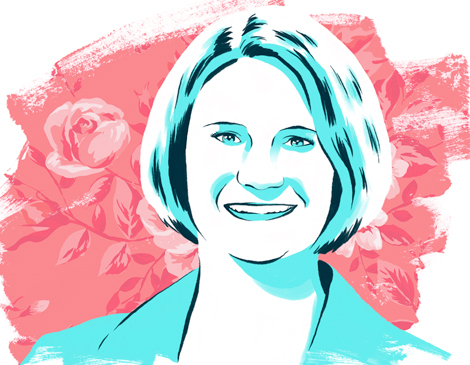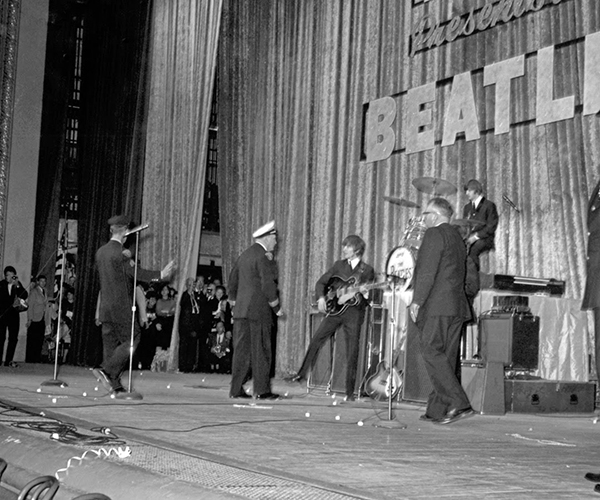In the wake of the #metoo movement, Cleveland Rape Crisis Center saw an unprecedented spike in hotline calls and service use. But the organization noticed a gulf between the number of East Side survivors using its services and instances of sexual violence reported to police. So in July, thanks to a $4.6 million Ohio Attorney General grant, it opened a 5,000-square-foot Shaker Square facility to better assist those clients. “It’s a smaller version of our downtown office, with the same nurturing feeling,” says president and CEO Sondra Miller. The grant also funds a new case management program, connecting survivors with housing and medical resources, and expands Project STAR, a counseling service for sex trafficking survivors. We talked to Miller about #MeToo, shifting public perceptions and the new East Side facility.
Q: Why locate this new facility in Shaker Square?
A. We were intentional about selecting a location where we could reduce the barrier to someone getting help. When we did our homework about where to locate, someone said, “Shaker Square belongs to us all.” That resonated with us. We’re hoping that people from many neighborhoods on Cleveland’s East Side, including some suburbs, will feel safe and welcome. With the Rapid and the number of buses that go to Shaker Square, it was where the most people could access the help that we provide.
Q. CRCC saw a spike in hotline calls after the rise of the #MeToo movement and the Brett Kavanaugh hearings. Is it still experiencing that increase?
A. The number of people walking through our doors and calling our hotline has been trending up for 10 years. But there have been some big news stories where the increase was particularly dramatic. We received 60 calls the day after that Supreme Court hearing, the most we’ve gotten in a 24-hour period. In 2018, we averaged 19 calls per day on the hotline. It may be even a little higher in 2019.
Q. How have these movements impacted your work at the center?
A. There’s a growing acceptance of how widespread sexual violence is in our society. The high-profile cases are blowing the doors off the conversation. The #MeToo movement gave the public a window into what it’s like to be at the Rape Crisis Center. This has been our experience for a very long time.
Q. Why do you think these movements are striking such a chord now?
A. It’s partly generational. We offer prevention and education programs to try to keep sexual violence from happening in the first place. When we’re out talking with young people, they’re not ashamed to talk about this issue. It may not be my generation, but I have hope that the younger generations will end sexual violence once and for all.




